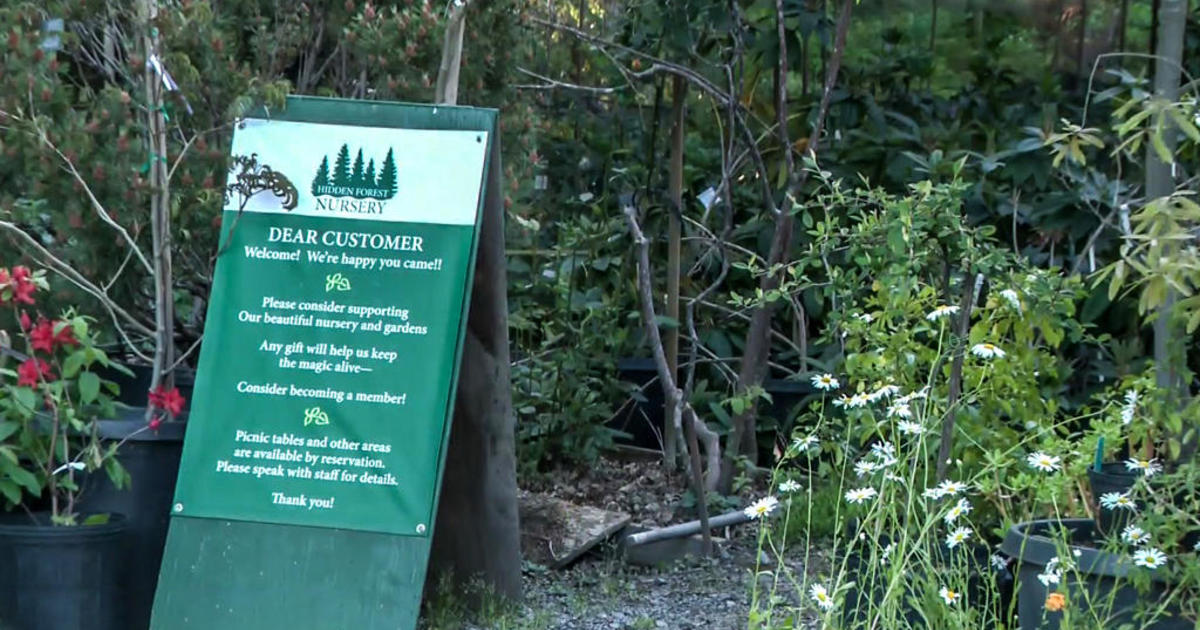Windy fire weather keeps wildfire spotters vigilant at Gardner Fire Lookout on Mount Tamalpais
As wildfires burning in Northern California and Southern Oregon send smoke toward the Bay Area impacting air quality across the region, fire experts warn that the unpredictable winds could heighten fire alerts.
California has experienced a mild wildfire season compared to recent years, but the threat isn't over just yet and volunteers are working around the clock to keep watch on any potential threats.
Doug Kunst hikes to the top of Mount Tamalpais four times a month to the Gardner Fire Lookout. It's only 15 minutes, but it's enough to get your heart rate up.
"I'm a retired fire captain so to get back and be involved in the fire service still is important to me," Kunst told CBS News Bay Area. "I have a lot of years of experience and so it's good to put that to use still."
After nearly three decades as a firefighter, he now serves as a volunteer. He's tasked with keeping watch on unpredictable weather patterns at the end of summer and early fall that could suddenly heighten the local fire alert.
"When it's a Red Flag Warning and it's really high fire danger which we're coming into right now, you really have to be aware even when it seems like it's benign, it can change quickly, like tonight's Fire Weather Watch," Kunst explained. "So tonight I'm spending the night because it could turn into a red flag [warning] tonight."
In a small room atop Mt. Tam, the Gardner Fire Lookout is equipped with a four-burner stove and small oven, a sink, and a twin-sized bed. Every 10 minutes, he'll scan the area for signs of fire and provide weather conditions updates to Marin County Fire.
He serves as a bird's eye view to help fire crews navigate difficult terrain and properly prepare for their response to a fire. Even with the latest in AI technology and cameras, he says the human component remains crucial in their efforts.
"We can be pretty fast to give an update on what's happening with Google Maps and knowing the county well, that's something that the cameras and AI just can't quite you know, we enhance their ability to see what's going on as well."
Kunst says the mild fire season can be attributed in large part to the historically wet winter. But even so, the watch isn't over just yet.
"You think it's the end of the season and all of a sudden those north winds come out of nowhere," he explained. "So they're just hard to forecast from what I've experienced over the years. They just come up within five, six hours and they're here."
It's that kind of surprise he's hoping to prevent.
"So hopefully we slide through and we get out of this with the slowest fire season on record potentially," says Kunst.
Keeping watch as far as the eye can see will last until the very end of fire season, which he says typically runs through October or when the area sees two inches of rain.



